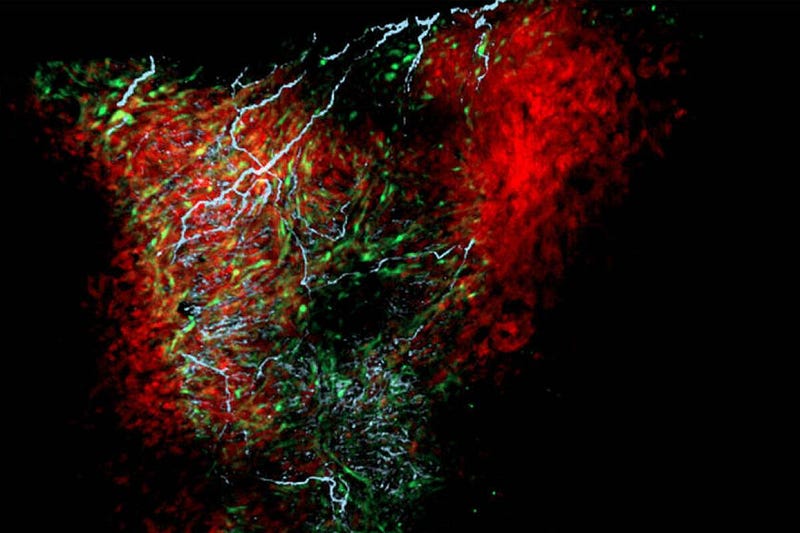Discovering Nexus Glia: A New Frontier in Heart Research
Written on
Understanding Heart Defects Through New Cellular Discoveries
Recent advancements in cardiac research have unveiled a novel type of heart cell, referred to as nexus glia, which seems to play a crucial role in regulating heart rhythm and rate. As we explore the potential of artificial organs, it becomes evident that our understanding of the natural organs within us is still evolving. Notably, in 2020, scientists identified a previously unrecognized organ situated deep in the human head, highlighting the ongoing mysteries of our anatomy at the cellular level.
Researchers at the University of Notre Dame have made significant strides in this area by identifying these nexus glia cells in the heart. This discovery could hold the key to understanding various heart diseases and defects, as these cells bear resemblance to astrocytes, a type of glial cell found in the brain.
This paragraph will result in an indented block of text, typically used for quoting other text.
Section 1.1 The Role of Glial Cells
Glial cells, known for their supportive and structural roles in the nervous system, are also present in major organs where the peripheral nervous system extends. Until now, their presence in the heart had not been confirmed. The research team set out with the objective to investigate this potential discovery.

“It’s a discovery that now we have 100 questions we didn’t even know existed, so we’re following up on them to explore this path that has never been studied before.”
~ Cody Smith, Lead Researcher
Section 1.2 Confirming the Existence and Function of Nexus Glia
The research team successfully confirmed the existence of nexus glia in the heart and demonstrated their functionality. When these cells were removed, the heart rate escalated, and deprivation of a key gene necessary for their development resulted in irregular heartbeats. As illustrated in the image below, astrocyte-like cardiac nexus glia were observed in a zebrafish heart.

A follow-up study revealed the presence of these cells in both mouse and human hearts. While the connection between these cells and congenital heart defects is not yet definitive, their location within the outflow tract of the heart—a region often associated with congenital heart issues—suggests a potential link, paving the way for further research.
Chapter 2 Implications for Future Research
Despite the discovery of glial cells in various organs such as the pancreas, spleen, lungs, and intestines, their functions have often remained ambiguous. The identification of these cells in the heart may affirm their universal presence across different organs and highlight crucial roles they may play.
This video titled "Mayo Clinic Explains Congenital Heart Defects" provides insights into the complexities of congenital heart conditions and the importance of understanding these defects for better health outcomes.
The second video, "Congenital Heart Defects Nursing | Learn Pediatric Cardiac Defects," discusses the nursing implications related to congenital heart defects and how healthcare professionals can provide effective care.
Researchers are optimistic that the discovery of nexus glia adds a vital piece to the cardiovascular puzzle, potentially leading to a deeper understanding of various cardiac disorders. The complete study has been published in the Journal of PLOS Biology.